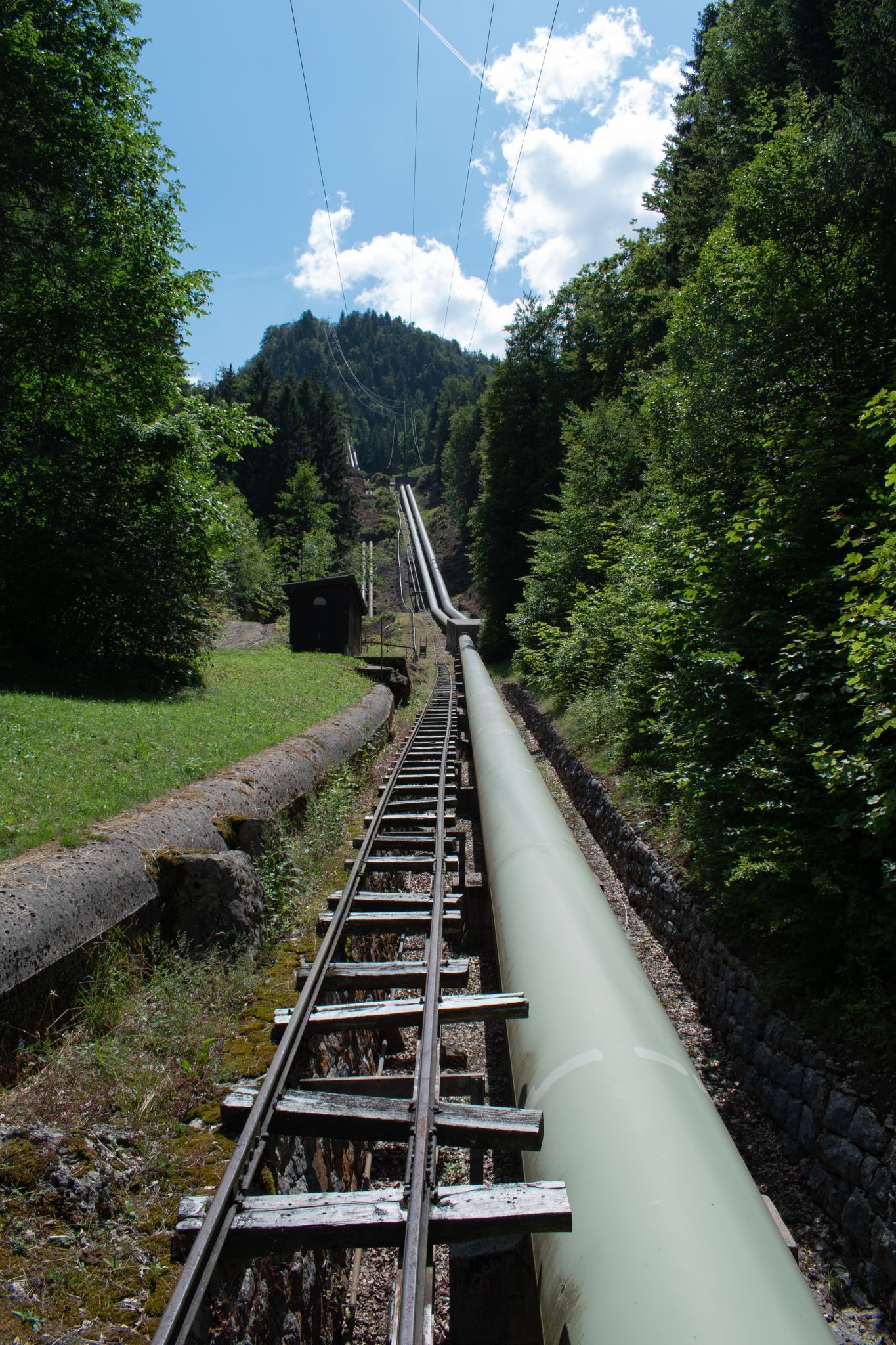By Michael Barnes
As an environmental social scientist my research gaze is attracted to areas where significant numbers of individuals or groups of individuals congregate together and to understand those spaces and places better in order to improve human health and well-being alongside ecological health. Thus, my focus has been on urban green spaces, specifically in the form of parks, urban lawns, and golf courses. Lately though, I’ve begun to think more about lawns that are overlooked or ‘unseen’. There are a multitude of spaces within the urban ecosystem where people rarely go, or even see. These ‘unseen’ lawns do not go unmanaged however, and still require time, attention, and inputs similar to their more frequently used and viewed counterparts. Lawns can be overlooked for a number of reasons, through non-use, alternative use, or inaccessibility. Let’s take a closer look at two examples of these ‘unseen’ lawns.
Airport Lawns
Think about the last time you were sitting on a plane before takeoff and looked out the window (it might have been awhile due to the pandemic!), but more often than not you probably saw some type of lawn out your window between the tarmac, service roads, and terminals. Lawns at airports have contextual considerations, none of which is more important than attempting to minimize their attractiveness to birds. While this is of course the primary consideration of these lawns, several questions remain around management, maintenance and how to make these large swaths of turf multifunctional and sustainable.
Utility Right of Ways
Right of ways (Figure 1) for the unfamiliar are a form of property access concession for utilities to be able to install, access, and service a variety of infrastructure such as power lines or pipelines. Like airports, these right of ways or ‘easements’ have specific considerations to make sure that service crews can reliably and safely access the site. These right of ways in many cases cover tens to hundreds of miles and could provide a multitude of benefits while remaining equally accessible. Are there ways to transition such spaces for contiguous wildlife habitat while easing the burden of maintenance at the same time?
These and other ‘unseen’ lawns could provide a fruitful route for expansion of sustainability efforts while also minimizing disruption for people given their lack of active use by individuals. An adjustment in management strategies alongside specific mixtures used in these locations could bring significant benefits both economically and ecologically. For example, adoption of alternative turfgrass species that are slower growing could help alleviate mowing frequency for these often less accessible locations. The consideration of these ‘unseen’ lawns can help to broaden the conversation outside of the traditional focus of the majority of the research in green spaces and push the multifunctionality of such spaces to help achieve sustainable ecosystems.
